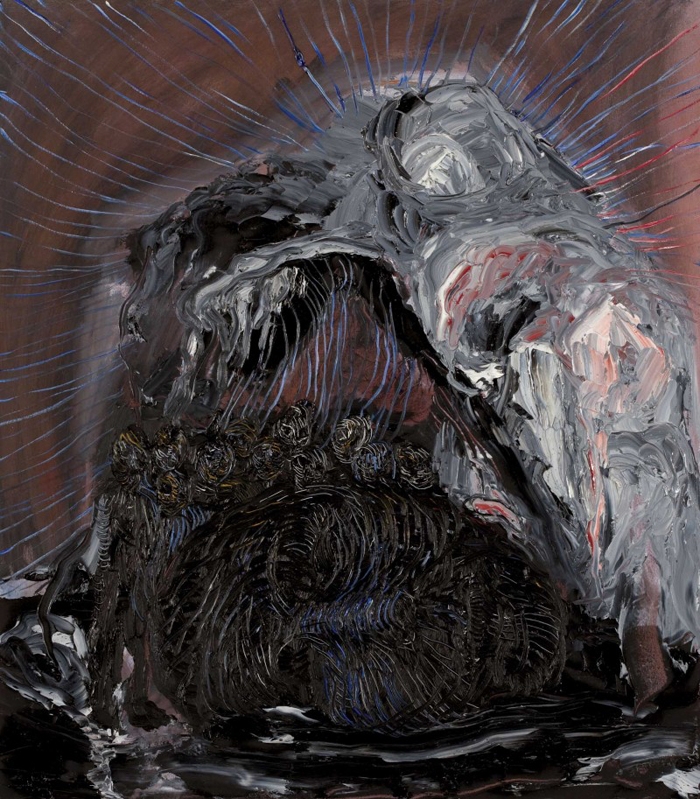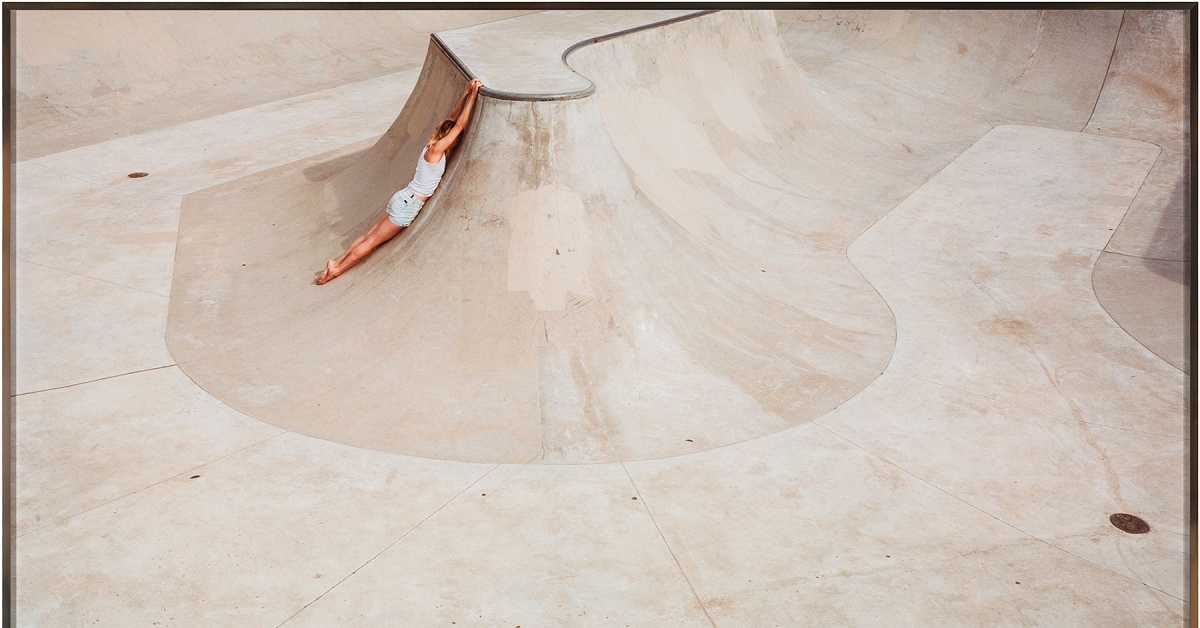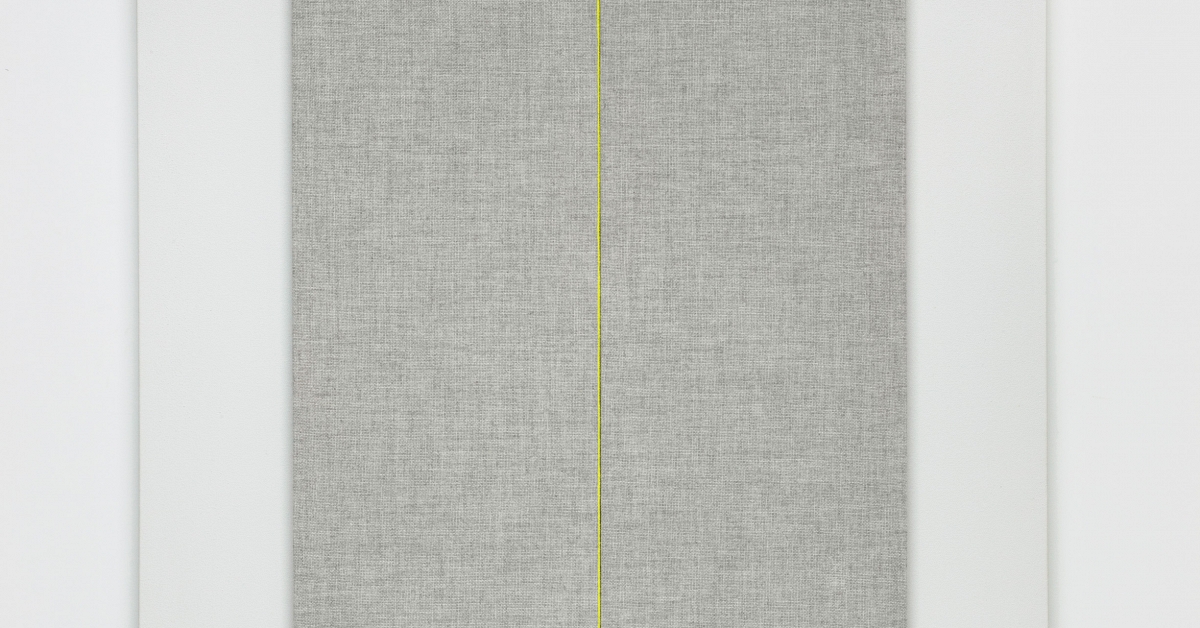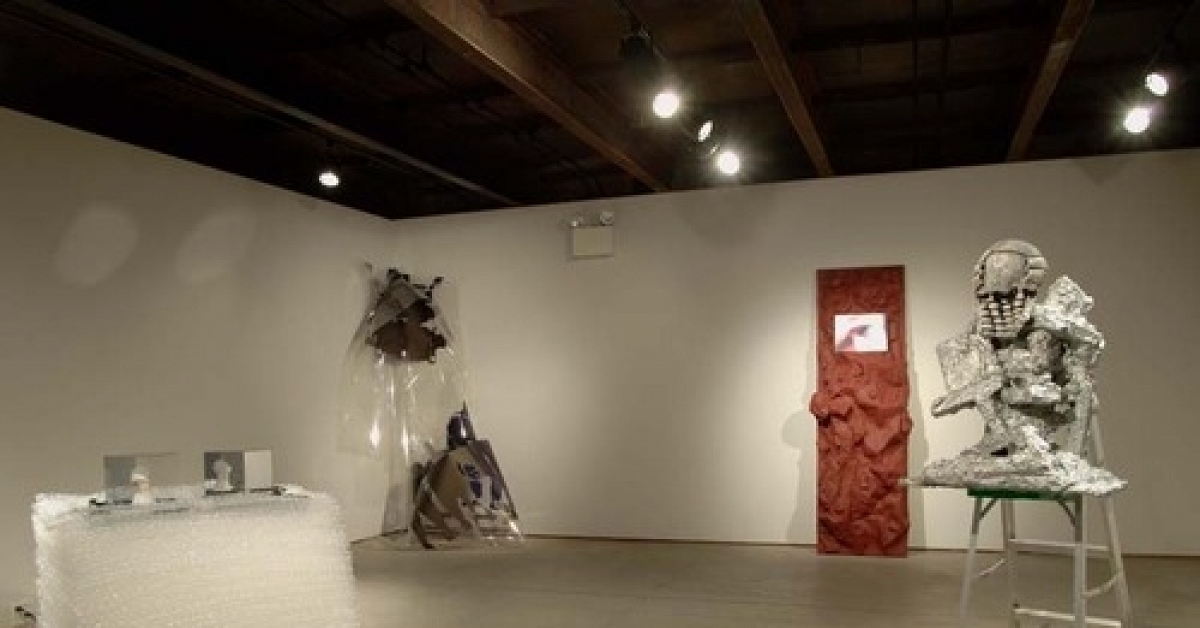Liat Yossifor: Below the Eye Review
X-TRA Contemporary Art Quarterly / Apr 29, 2009 / by Karen Lang / Go to Original

Liat Yossifor’s new paintings pulsate to the beat of examined life. Below the Eye, the title of the recent series, alludes to the physical eye, the mind’s eye, and the way these paintings pull the viewer below the perceptual, the rational, or the given, into a creaturely realm where seeing and knowing uncouple. If this territory is alive, it is also melancholic. Pulling us below the eye, tearing open the wounds of possibility, these paintings lay bare “the expression of the expressionless, a crying from which the tears are missing.”1
It would be rather convenient to hang the feeling world of Below the Eye on the artist’s experiences of life under siege on ancient land. Yossifor was born in Israel and emigrated to the United States just shy of her sixteenth birthday. In Israel, memorials to the unknown, the fallen, and the heroes stand while human victims and “heroes” fall. In Below the Eye swimmers are as frozen as statues and statues are as animated as human beings ready to die for a cause. Official culture perpetuates collective enchantments. These paintings pierce the political, social, and cultural skin of war, death, and commemoration. They depict creaturely life—life before political, social, and cultural expression, life beside these forms of expression. Crying without tears.
In the tradition of Giorgio Morandi and Philip Guston, Yossifor is a painter’s painter. To look at the work of a painter’s painter is “to recreate it, feeling in your wrist and fingers the sequence of strokes, each a stab of decision which discovers a new problem.”2 Yossifor begins by combining her source material—photographs of monuments, painted battle scenes, imagery that strikes a chord—into new compositions. With paintbrush she sketches outlines of these compositions onto prepared panel. Hand then leads the eye as she works in a wet on wet technique, transforming oil paint into figure, ground, form, and texture. This technique requires her to work swiftly, close to the panel. The predominately dark palette raises the challenge of creating form and content intuitively. Whether small or large in size, these paintings are monumental in scale. They are mutable in two senses: in them we see both the process of making and an appearance that shifts according to lighting conditions. Like the art of Morandi and Guston, Below the Eye repays extended looking.
Painting is the experience of the painting—for the artist, and for the viewer.

It’s difficult at first to perceive the subject of these paintings. This difficulty arises from the close interplay between medium, technique, palette, and subject. Extended looking disentangles figure from ground, but as in optical illusion, figure and ground, shape and stroke, vie for primacy in perception. Effectively, I perceive subject but I do not see it apart from surface. As subject renders surface and surface renders subject, I am inside the painting’s world of illusion, trapped in its snare. As my capacity to recognize through difference wavers, the paintings extend recognition. This complication and extension of recognition ushers in imagination and perception. I believe I see a body in that inky field in The Swimmers (2008). Why is it there? Is it in motion or are those strokes building up its form? Is there something else, something I can’t make out? What does it mean? These paintings make me look. They afford ample imagination. They solicit and defy perception.
Expressiveness arises in the very nature of depiction. The wet on wet technique lends primacy to the hand and full weight to expression in the process of making. What is depicted is no less expressive. Yet depiction encompasses more than style and subject. It also refers to the way painting engages the imagination and recognition unfolds in the viewing experience.3 The very look of Below the Eye complicates and extends recognition. The vital energy of the brushwork, the nihilistic palette, the viscerally uncertain subject matter, all these address me, engaging my imagination and eliciting a sense of reflection on my part. In the aesthetic response feelings awaken but nothing adds up. The paintings reverberate.
For more visit: http://x-traonline.org/article/liat-yossifor-below-the-eye/





